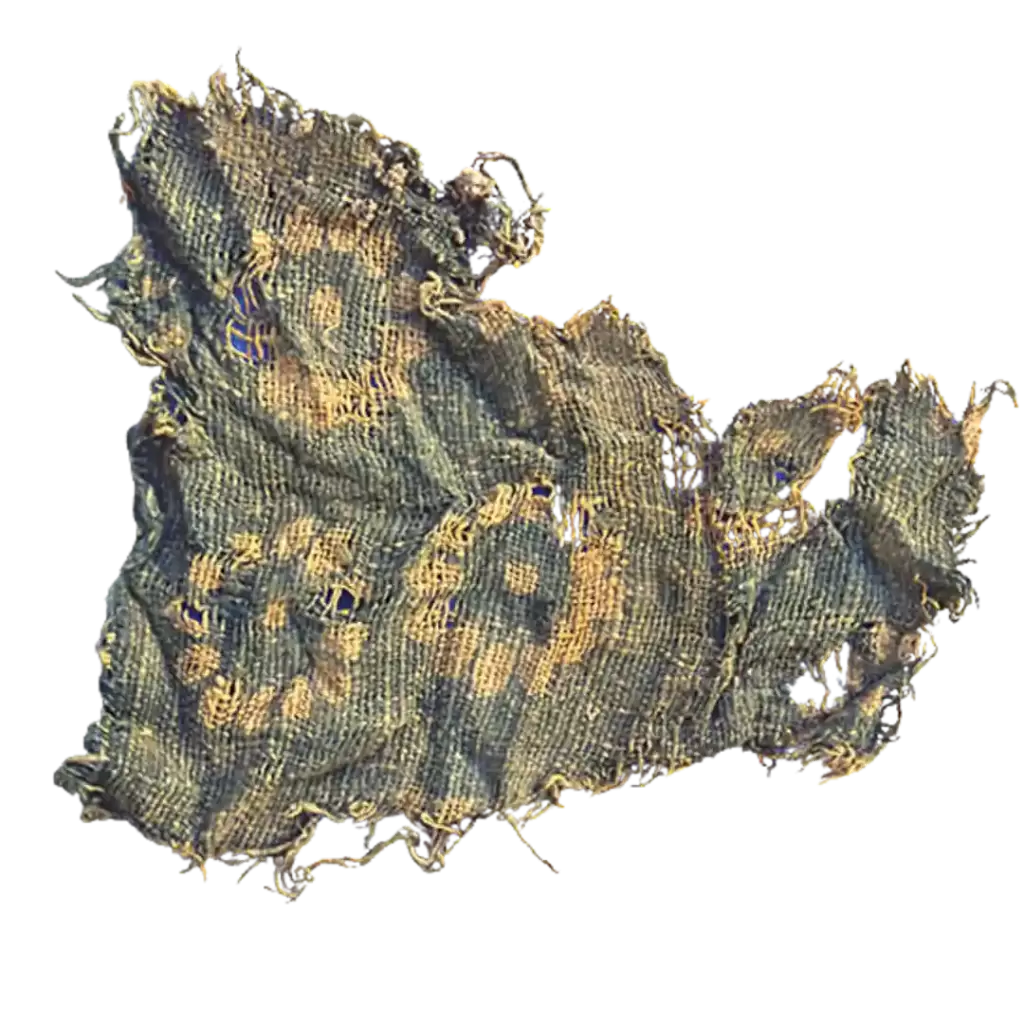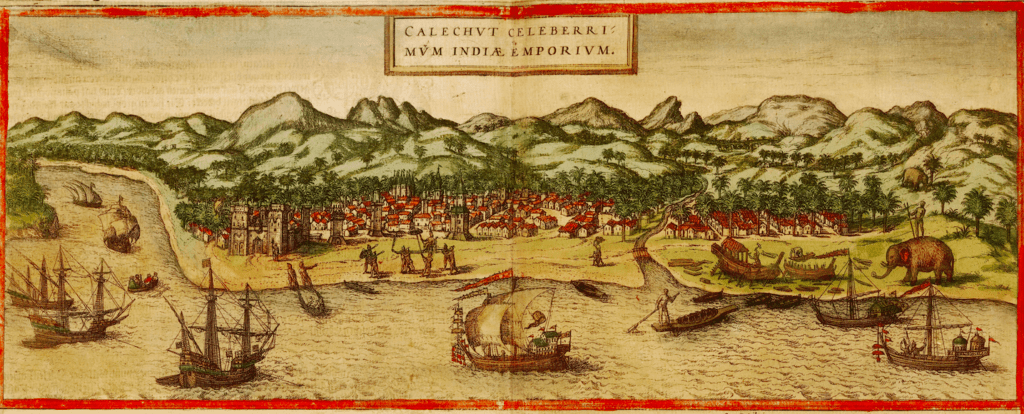The reasons behind the dominance of Indian cotton were not low cost labour or early start. Instead the brilliant finishing and the verities of textiles on offer by skilful artisans of India gave the Indian textiles its edge.
Between 1000 and 1500 CE, India honed its textile production into a highly refined craft, developing unmatched expertise in every aspect of the process. From cotton cultivation to spinning, weaving, and surface design using natural dyes, Indian artisans mastered each step with precision and skill. What began as a regional craft gradually transformed into a global commodity, setting the stage for Indian cotton textiles to dominate world markets. By the 14th century, these textiles had begun their ascent to become one of the most sought-after products in international trade, renowned for their quality, variety, and intricate designs.

Main earliest archaeological evidence of cotton cultivation in the Old World. Ref: Christopher Robin Viot Domestication and varietal diversification of Old World cultivated cottons in the Antiquity. Dates in years BP.
By 1400, Indian cotton textiles were traded extensively across the Indian Ocean, from Southeast Asia to the Horn of Africa. The Mediterranean trade routes brought these prized fabrics to the Middle East, Central Asia, and Eastern Europe. For the next 500 years, Indian textiles would reign supreme in markets spanning from the Mediterranean to Japan, and from Africa to China.

The discovery of similar motifs, such as goose designs, at opposite ends of the Indian Ocean trade network underscores the centrality of Indian manufacturing. This suggests that India’s artisanal and aesthetic culture had a far-reaching influence, shaping tastes and trends across vast distances.
The textile trade played a crucial role in cultural and religious exchange. The intensification of African trade from the 7th to 10th centuries CE coincided with the spread of Islam through merchant networks, illustrating how cotton became a conduit for ideas and beliefs.

Beyond the common notions
The unique appeal of Indian textiles lay not in cheap labor or early cultivation, but in the unparalleled skill of its artisans and the variety of high-quality fabrics they produced. Indian traders demonstrated a keen awareness of market demands, tailoring their products to specific regions. For instance, textiles made for Siam (modern-day Thailand) incorporated symbolic references suitable for different social strata.
It’s crucial to understand that Indian cotton textiles weren’t just a commodity; they became a de facto currency in international trade. The East India Companies of various European nations relied heavily on Indian textiles to facilitate their spice trade. Without the high demand for Indian cotton, these companies might never have achieved the level of success and influence they did.
In many markets, particularly in Southeast Asia and Africa, Indian textiles were more valuable and desirable than gold or silver. Traders could exchange these fabrics for spices, precious metals, and other goods, making Indian cotton an essential lubricant of global commerce.

The dominance of Indian textiles had far-reaching consequences. It was instrumental in the success of European trading companies and ultimately sparked Europe’s Industrial Revolution. The upheaval caused by Indian textiles in global markets set in motion a chain of events that would reshape the world economy.
As European nations, particularly Britain, sought to compete with Indian textiles, they developed new technologies and manufacturing processes. This drive for innovation and production efficiency was a key factor in triggering the Industrial Revolution, forever changing the face of global industry and trade.
The story of Indian cotton textiles is more than just an economic narrative; it’s a tale of cultural exchange, technological innovation, and global interconnectedness. From the intricate designs of Coromandel fabrics to the symbolic motifs crafted for Siamese royalty, Indian textiles wove together the diverse threads of world history.
As we reflect on this rich tapestry of trade and culture, we’re reminded of the enduring impact of India’s textile heritage. It serves as a vibrant example of how a single commodity can shape the course of global history, influencing everything from fashion trends to industrial revolutions.
In our modern era of fast fashion and mass production, the story of Indian cotton offers valuable lessons about the power of craftsmanship, cultural exchange, and sustainable trade practices. It invites us to consider how the threads of our past continue to influence the fabric of our present and future, reminding us of the profound impact a seemingly simple product can have on the course of human history.

